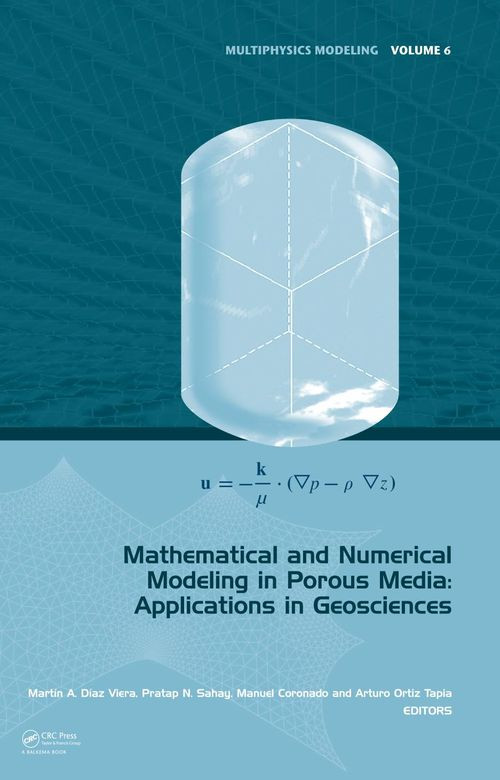

Most ebook files are in PDF format, so you can easily read them using various software such as Foxit Reader or directly on the Google Chrome browser.
Some ebook files are released by publishers in other formats such as .awz, .mobi, .epub, .fb2, etc. You may need to install specific software to read these formats on mobile/PC, such as Calibre.
Please read the tutorial at this link: https://ebookbell.com/faq
We offer FREE conversion to the popular formats you request; however, this may take some time. Therefore, right after payment, please email us, and we will try to provide the service as quickly as possible.
For some exceptional file formats or broken links (if any), please refrain from opening any disputes. Instead, email us first, and we will try to assist within a maximum of 6 hours.
EbookBell Team

0.0
0 reviewsPorous media are broadly found in nature and their study is of high relevance in our present lives. In geosciences porous media research is fundamental in applications to aquifers, mineral mines, contaminant transport, soil remediation, waste storage, oil recovery and geothermal energy deposits. Despite their importance, there is as yet no complete understanding of the physical processes involved in fluid flow and transport. This fact can be attributed to the complexity of the phenomena which include multicomponent fluids, multiphasic flow and rock-fluid interactions. Since its formulation in 1856, Darcys law has been generalized to describe multi-phase compressible fluid flow through anisotropic and heterogeneous porous and fractured rocks. Due to the scarcity of information, a high degree of uncertainty on the porous medium properties is commonly present. Contributions to the knowledge of modeling flow and transport, as well as to the characterization of porous media at field scale are of great relevance. This book addresses several of these issues, treated with a variety of methodologies grouped into four parts:
I Fundamental concepts
II Flow and transport
III Statistical and stochastic characterization
IV Waves
The problems analyzed in this book cover diverse length scales that range from small rock samples to field-size porous formations. They belong to the most active areas of research in porous media with applications in geosciences developed by diverse authors.
This book was written for a broad audience with a prior and basic knowledge of porous media. The book is addressed to a wide readership, and it will be useful not only as an authoritative textbook for undergraduate and graduate students but also as a reference source for professionals including geoscientists, hydrogeologists, geophysicists, engineers, applied mathematicians and others working on porous media.